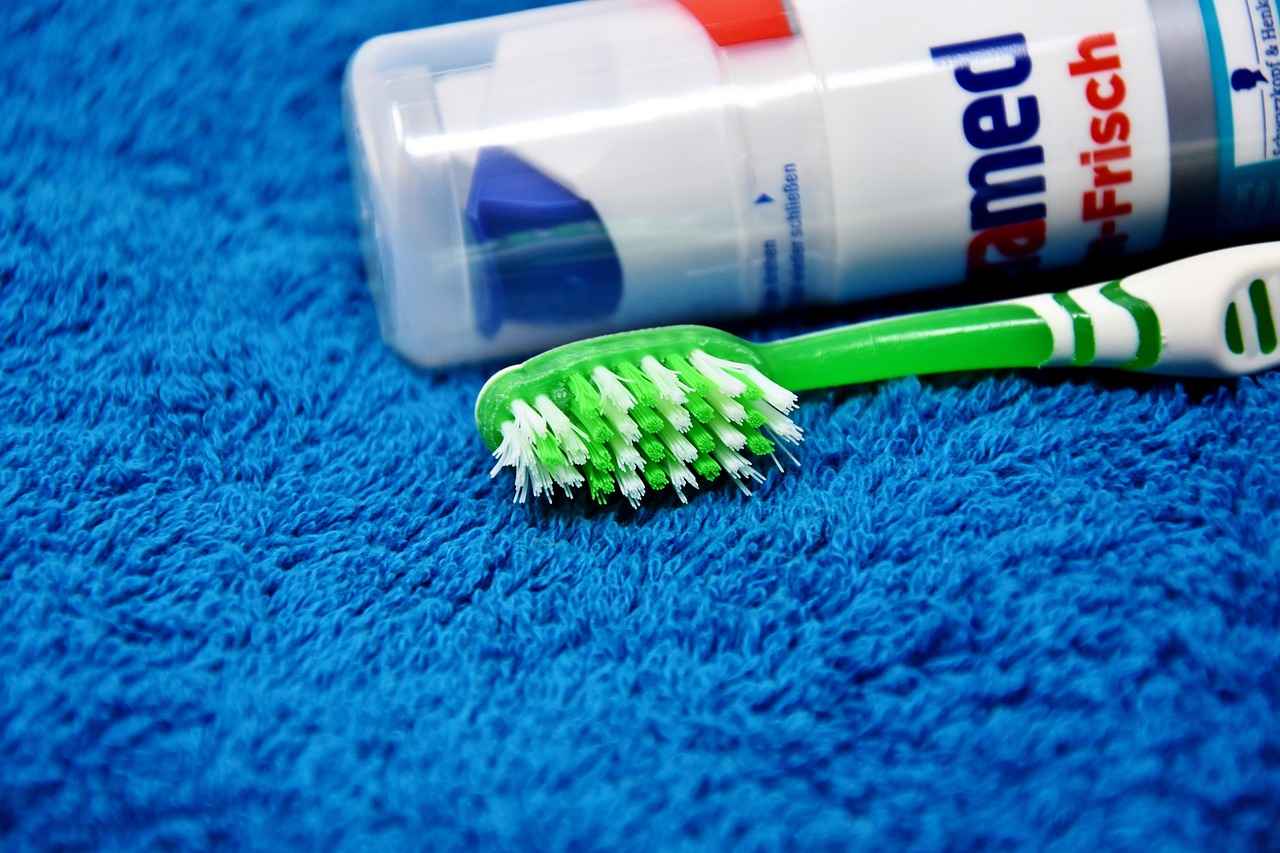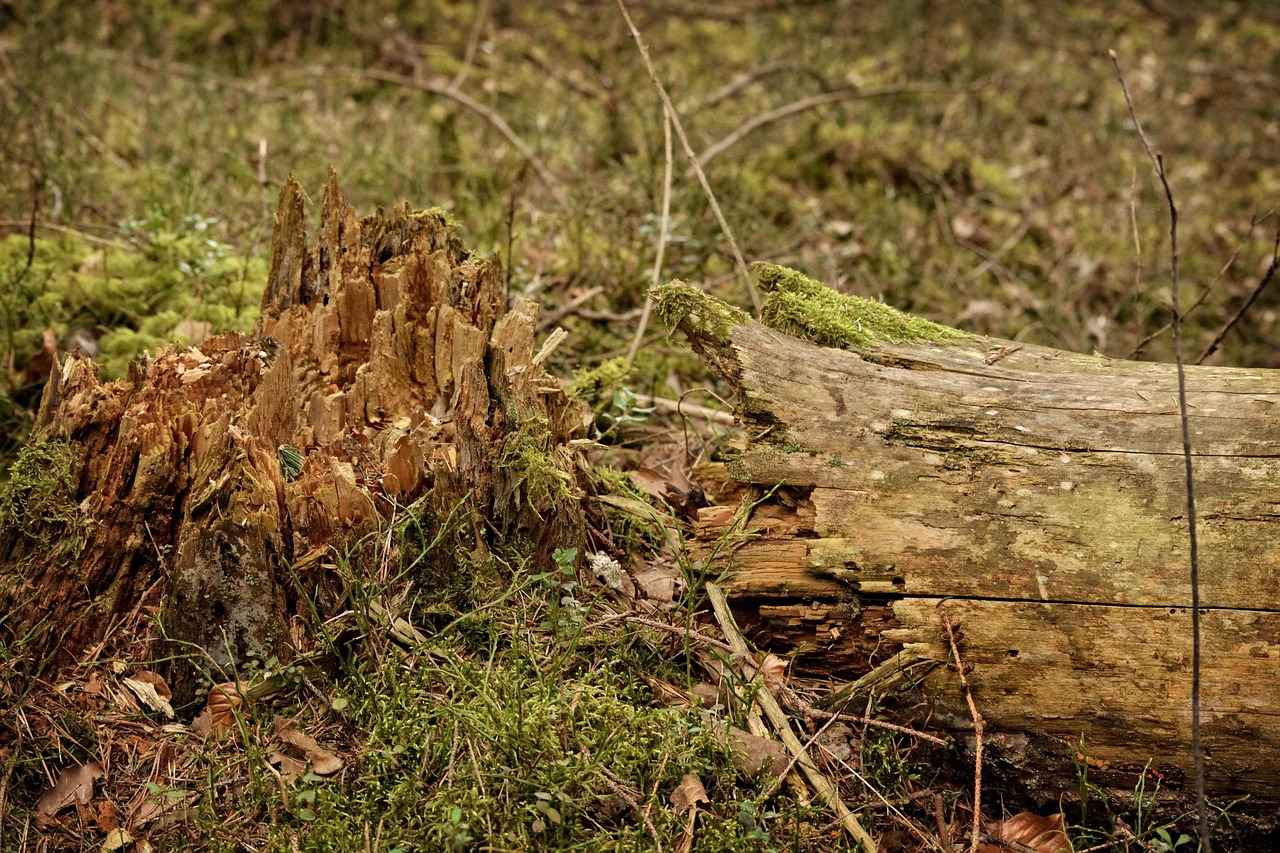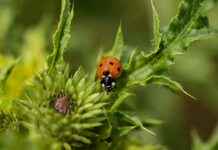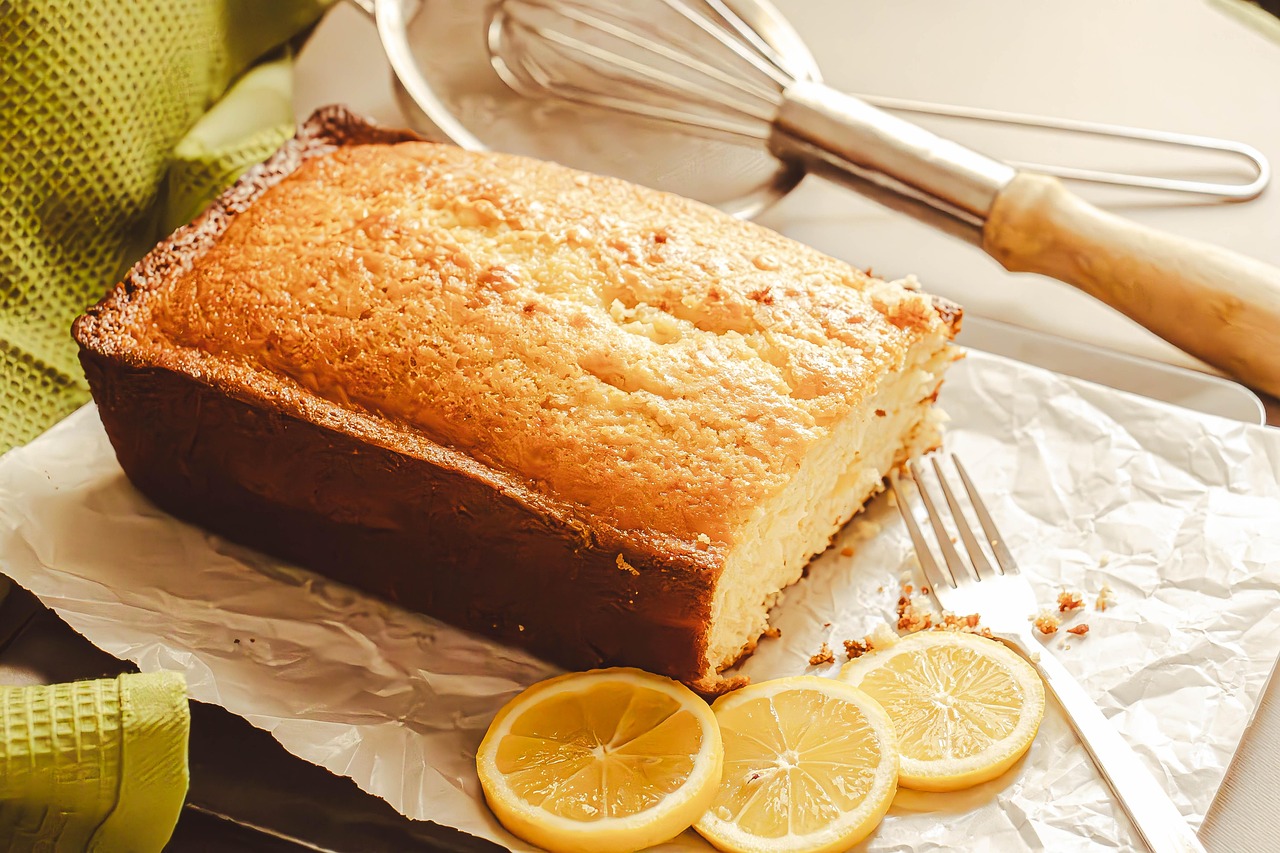Maintaining optimal oral health is essential for overall well-being, and one of the questions that often arises is, “How long should you wait to eat after brushing your teeth?” This article delves into the significance of timing when it comes to eating after brushing, focusing on how this practice can influence your dental hygiene.
Understanding the importance of timing after brushing your teeth can significantly impact your oral health. When you brush your teeth, you remove plaque and food particles, and your toothpaste helps to strengthen your enamel. However, if you eat immediately afterward, you may undo the benefits of brushing. This section explores the reasons behind waiting before consuming food or beverages.
Eating right after brushing can undermine your dental hygiene efforts. The act of brushing is designed to clean your teeth and protect them from decay. However, immediate consumption can lead to several negative consequences:
- Effects on Tooth Enamel: Tooth enamel is the protective layer of your teeth. Eating immediately after brushing can erode this enamel, making your teeth more susceptible to decay.
- Acidic Foods and Their Impact: Consuming acidic foods right after brushing can exacerbate enamel erosion. Foods such as citrus fruits and sodas can further weaken your enamel, leading to long-term damage.
- Sticky Foods and Residue: Foods that are sticky can cling to your teeth, leading to plaque buildup. Eating these foods after brushing can affect your oral health by increasing the risk of cavities.
Experts recommend a specific waiting period after brushing. Most dentists suggest waiting at least 30 minutes before eating. This timeframe allows your saliva to neutralize any acids and remineralize your enamel, providing a protective layer before you introduce food.
Dentists often emphasize the importance of allowing time for the fluoride in toothpaste to work effectively. Waiting helps in maximizing the benefits of fluoride, which is crucial for strengthening tooth enamel.
Individual factors can affect how long one should wait. For instance, the type of toothpaste used can play a significant role. Some toothpaste varieties contain higher fluoride levels, which may necessitate a longer waiting period. Additionally, personal oral health conditions can influence the ideal waiting time.
Incorporating best practices into your oral hygiene routine can enhance your dental health. Here are some practical tips:
- Choosing the Right Foods: After brushing, opt for foods that are less acidic and sugary. Foods such as vegetables, nuts, and dairy can be beneficial for your teeth.
- Hydration and Its Role: Staying hydrated is vital for oral health. Drinking water after brushing can help wash away food particles and maintain moisture in your mouth.
Beyond waiting to eat, there are additional practices to enhance oral health:
- Using Mouthwash Effectively: Mouthwash can be a valuable addition to your oral care routine. Use it after brushing to help eliminate remaining bacteria and freshen your breath.
- Regular Dental Check-Ups: Routine dental visits are essential for maintaining oral health. Regular check-ups and professional cleanings can help identify potential issues before they become serious.
By understanding the importance of timing after brushing and implementing best practices, you can significantly improve your oral health and ensure your smile remains bright and healthy.
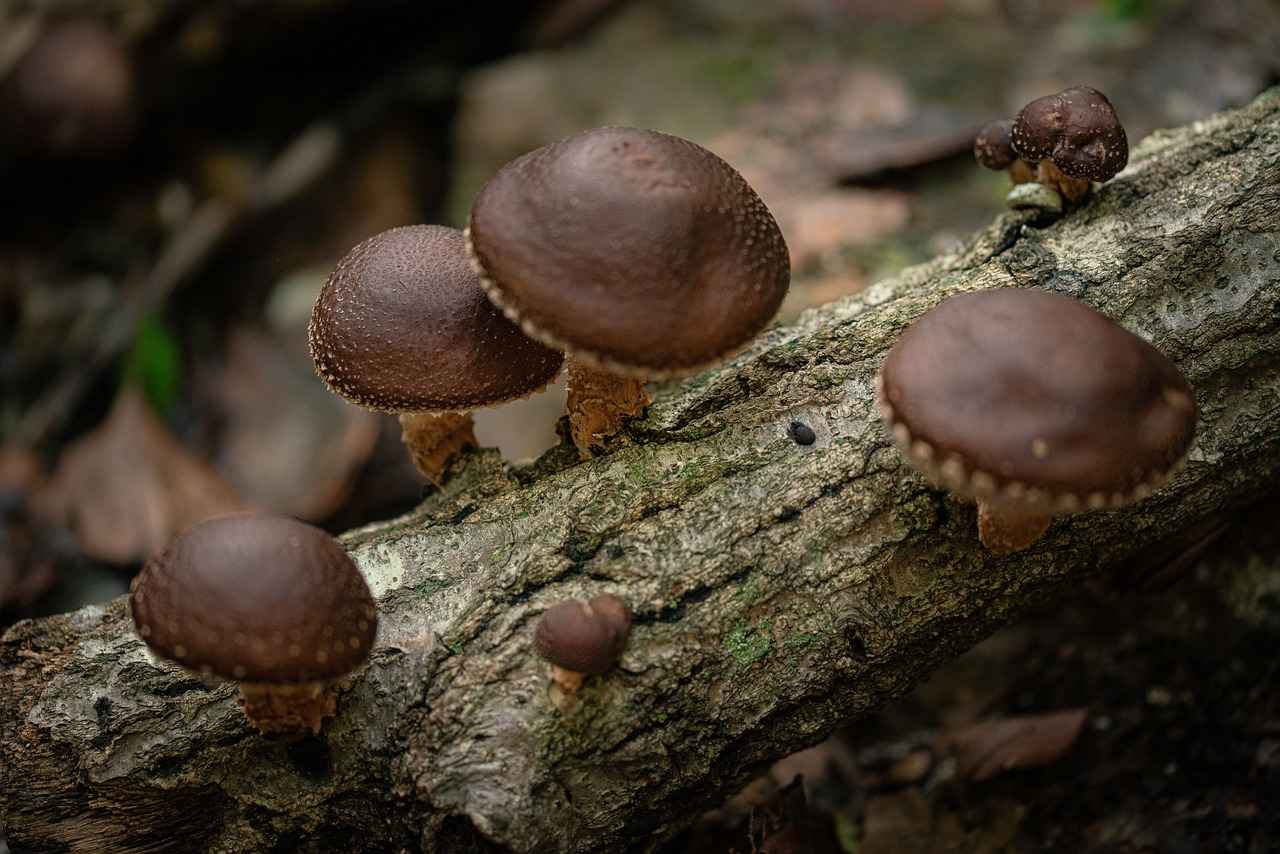
Why Is Timing Important After Brushing?
Understanding the importance of timing after brushing your teeth can significantly impact your oral health. This section delves into the reasons behind waiting before consuming food or beverages. Many people may not realize that the timing of eating after brushing can affect both the effectiveness of their oral hygiene routine and the overall health of their teeth.
When you brush your teeth, you are removing plaque and food particles, while also applying fluoride from your toothpaste. This fluoride helps to strengthen tooth enamel, making it more resistant to decay. However, consuming food or drinks immediately after brushing can interfere with this process. Why is this the case?
- Fluoride Absorption: After brushing, fluoride needs time to be absorbed by the enamel. Eating or drinking right away can wash away this protective layer before it has a chance to work.
- pH Levels: Many foods and beverages, particularly acidic ones, can alter the pH levels in your mouth. This can lead to enamel erosion, especially if consumed immediately after brushing.
- Plaque Formation: If you eat right after brushing, you may inadvertently introduce sugars and acids that can lead to plaque buildup, counteracting the benefits of brushing.
Moreover, the type of food you consume plays a crucial role. For instance, acidic foods like citrus fruits and sodas can be particularly damaging. These items can soften the enamel temporarily, making your teeth more susceptible to damage. On the other hand, consuming sticky foods can leave residues on your teeth, promoting plaque formation and cavities.
Experts recommend waiting at least 30 minutes after brushing before consuming anything. This timeframe allows the fluoride to strengthen your enamel effectively and reduces the risk of acid erosion. However, individual factors such as the type of toothpaste used and personal oral health can influence this waiting period.
In summary, understanding the timing of when to eat after brushing is essential for maintaining optimal oral health. By allowing sufficient time for fluoride absorption and being mindful of the types of foods consumed, you can greatly enhance your dental hygiene practices.
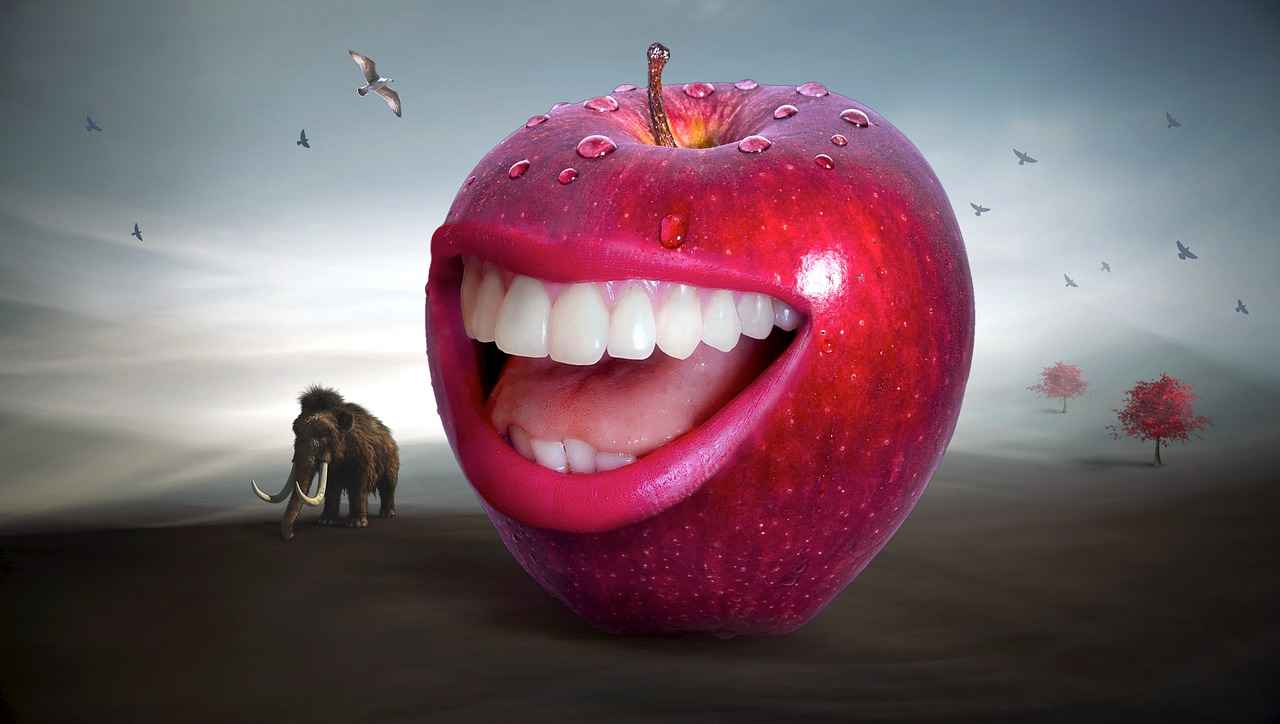
What Happens If You Eat Immediately?
When it comes to maintaining optimal oral hygiene, the timing of your meals after brushing your teeth is crucial. Many people may not realize that eating immediately after brushing can have negative effects on their dental health. In this section, we will explore the potential consequences of consuming food right after brushing your teeth, particularly focusing on its impact on tooth enamel and overall oral health.
Eating right after brushing can significantly undermine your dental hygiene efforts. The primary concern lies in the fact that brushing removes plaque and food particles, but it also temporarily softens the enamel due to the action of toothpaste and the brushing process. Consuming food immediately after can disrupt this delicate balance.
Tooth enamel is the hard outer layer of your teeth that protects against decay and damage. When you eat immediately after brushing, especially acidic or sugary foods, you risk eroding this protective layer. Here’s how:
- Acidic Foods: Foods like citrus fruits, vinegar-based dressings, and sodas can exacerbate the erosion of enamel. When enamel is already softened from brushing, these acids can penetrate more easily, leading to long-term damage.
- Sticky Foods: Foods that cling to your teeth, such as caramel or gummy candies, can cause residue buildup. This residue can lead to plaque formation and increase the risk of cavities.
Failing to wait before eating after brushing can lead to long-term dental problems. The erosion of enamel can result in increased sensitivity, discoloration, and a higher likelihood of cavities. Moreover, regular exposure to sticky or acidic foods can contribute to the development of gum disease over time.
Experts recommend waiting at least 30 minutes after brushing your teeth before consuming any food or drinks. This waiting period allows the enamel to re-harden and ensures that your oral hygiene efforts are not compromised.
Incorporating best practices into your oral hygiene routine can enhance dental health. Here are a few practical tips:
- Choose Wisely: Opt for foods that are less acidic and less sticky if you must eat shortly after brushing.
- Stay Hydrated: Drinking water after brushing can help wash away any lingering toothpaste and keep your mouth hydrated.
Beyond waiting to eat, there are additional practices you can adopt to maintain a healthy mouth:
- Use Mouthwash: Incorporate an alcohol-free mouthwash into your routine for added protection against bacteria.
- Regular Check-Ups: Schedule routine dental visits for professional cleanings and assessments of your oral health.
In conclusion, understanding the implications of eating immediately after brushing is essential for maintaining good oral health. By waiting at least 30 minutes before consuming food, you can protect your enamel and enhance your overall dental hygiene.
Effects on Tooth Enamel
Tooth enamel is the hard, outer layer that protects your teeth from decay and damage. Understanding the effects of eating immediately after brushing is crucial for maintaining strong and healthy teeth. When you brush your teeth, you remove plaque and food particles, leaving your enamel clean and ready to withstand the day. However, if you consume food or beverages right after brushing, you may inadvertently compromise this protective barrier.
What Happens When You Eat Right After Brushing?
Eating immediately after brushing can lead to several adverse effects on your tooth enamel. The most significant concern is the erosion of enamel. When you brush, you temporarily soften the enamel due to the action of the toothpaste and the mechanical scrubbing. If you then consume food, particularly acidic or sugary items, the enamel is more vulnerable to damage. This can result in a higher risk of cavities and increased sensitivity.
Acidic Foods and Their Impact
- Citrus fruits such as oranges and lemons
- Soft drinks and energy drinks
- Vinegar-based dressings and sauces
These foods can exacerbate enamel erosion when consumed shortly after brushing. The acids in these items can attack the softened enamel, leading to further degradation. It’s advisable to wait at least 30 minutes after brushing before consuming acidic foods to give your enamel time to re-harden.
Sticky Foods and Residue
In addition to acidic foods, sticky foods can pose a significant threat to your oral health. Items like caramels, gummy candies, and even some granola bars can cling to your teeth, creating a breeding ground for plaque. If you eat these foods right after brushing, the residue can trap bacteria against your enamel, increasing the risk of cavities and gum disease.
Long-Term Consequences of Immediate Eating
Failing to wait before eating can lead to long-term dental issues. Continuous erosion of enamel can result in more severe dental problems, including:
- Cavities
- Increased tooth sensitivity
- Gum disease
It’s essential to recognize that the health of your enamel is directly linked to your overall oral health. By allowing time between brushing and eating, you can significantly reduce these risks.
Best Practices for Protecting Enamel
To safeguard your tooth enamel, consider adopting the following practices:
- Wait at least 30 minutes after brushing before eating.
- Choose non-acidic and non-sticky foods to consume post-brushing.
- Stay hydrated by drinking water, which can help wash away any food particles.
By being mindful of what and when you eat after brushing, you can protect your enamel and maintain a healthy smile. Remember, your enamel is the first line of defense against decay, and taking care of it should be a priority.
Acidic Foods and Their Impact
When it comes to maintaining optimal oral health, understanding the impact of acidic foods on tooth enamel is crucial. The enamel, which serves as the protective layer of our teeth, can be particularly vulnerable to erosion, especially after brushing. This section explores how consuming acidic foods immediately after brushing can exacerbate enamel erosion and compromise dental health.
Acidic foods are those that have a low pH level, which can lead to a sour taste. Common examples include:
- Citrus fruits (lemons, oranges, grapefruits)
- Tomatoes and tomato-based products
- Vinegar and vinegar-based dressings
- Soft drinks and carbonated beverages
- Fruit juices
Tooth enamel is essential for protecting the teeth from decay. When you consume acidic foods, the acids can temporarily soften the enamel, making it more susceptible to wear and tear. If you eat these foods right after brushing, you can significantly increase the risk of enamel erosion. This is because brushing can already weaken the enamel, and adding acidic substances can amplify the damage.
After brushing, the enamel is in a vulnerable state. If you consume acidic foods shortly after, the acids can penetrate the softened enamel, leading to:
- Increased sensitivity to hot and cold
- Higher risk of cavities
- Long-term dental issues such as gum disease
Regularly consuming acidic foods right after brushing can lead to significant long-term consequences for your dental health. Over time, this practice can result in:
- Severe enamel erosion
- Increased likelihood of dental caries (cavities)
- Potential tooth loss due to weakened structures
To mitigate the harmful effects of acidic foods on your enamel, consider the following best practices:
- Wait at least 30 minutes after brushing before consuming acidic foods.
- Rinse your mouth with water after eating acidic foods to neutralize the acids.
- Use a straw when drinking acidic beverages to minimize contact with teeth.
- Choose non-acidic alternatives when possible, such as bananas or melons.
Understanding the impact of acidic foods on your teeth is vital for maintaining good oral hygiene. By being mindful of when and what you consume after brushing, you can protect your enamel and overall dental health. Always consult your dentist for personalized advice and recommendations regarding your oral care routine.
Sticky Foods and Residue
Sticky foods, such as caramels, gummy candies, and certain granola bars, are notorious for their ability to cling to teeth. This characteristic poses a significant risk to oral health, particularly when consumed shortly after brushing. Understanding the implications of these foods on dental hygiene is crucial for maintaining a healthy smile.
When you eat sticky foods after brushing, they can create a film of residue that adheres to the surface of your teeth. This residue can lead to the formation of plaque, a sticky substance composed of bacteria that can cause cavities and gum disease if not removed promptly. The process begins when the sugars in these foods interact with the bacteria in your mouth, producing acids that attack tooth enamel. Over time, this can result in significant dental issues.
- Increased Plaque Buildup: Sticky foods can remain on teeth longer than other types of food, making it easier for plaque to form. This buildup can lead to tartar, which requires professional cleaning to remove.
- Cavity Formation: The sugars and acids produced by sticky foods can lead to cavities if not adequately cleaned from the teeth.
- Gum Disease: The bacteria associated with plaque can cause inflammation and infection in the gums, leading to gingivitis and periodontitis if left untreated.
To mitigate these risks, it is advisable to wait at least 30 minutes after brushing before consuming sticky foods. This waiting period allows saliva to neutralize acids and wash away debris, reducing the likelihood of plaque formation. Moreover, drinking water after eating sticky foods can help rinse away any remaining particles, further protecting your teeth.
Additionally, consider choosing alternatives that are less likely to cling to teeth. Foods like apples or carrots can actually help clean teeth naturally due to their fibrous texture. These options not only satisfy your cravings but also promote better oral health.
In summary, while sticky foods may be delicious, their impact on oral health cannot be overlooked. By waiting to eat these foods after brushing and making informed choices about what you consume, you can significantly improve your dental hygiene and overall health.
Long-Term Consequences
When it comes to maintaining optimal oral health, timing plays a crucial role. Many people may not realize that eating immediately after brushing their teeth can lead to significant long-term consequences. This section will delve into the potential risks associated with this common habit, focusing on how it can contribute to cavities and gum disease.
After brushing, your teeth are in a vulnerable state. The fluoride from toothpaste needs time to be absorbed into the enamel, strengthening it against decay. When you eat right away, you disrupt this process, leaving your teeth unprotected. This can lead to various dental issues over time.
One of the most significant risks of eating immediately after brushing is the increased likelihood of developing cavities. Foods, especially those high in sugar or carbohydrates, can interact with the residual bacteria in your mouth. This interaction produces acids that attack tooth enamel, leading to decay. If you brush your teeth and then consume sugary snacks or beverages, you essentially nullify the protective effects of brushing.
Another long-term consequence of eating right after brushing is the potential for gum disease. When food particles remain on the teeth, they can contribute to plaque buildup. Plaque is a sticky film of bacteria that can irritate the gums, leading to inflammation and, ultimately, periodontal disease if not addressed. Regularly undermining your oral hygiene routine by eating immediately after brushing can significantly increase your risk of developing gum disease.
- Acidic Foods: Foods like citrus fruits and sodas can exacerbate enamel erosion. Eating these immediately after brushing can further weaken your teeth.
- Sticky Foods: Foods such as caramel or gummy candies can cling to your teeth, making it difficult for saliva to wash them away and increasing the risk of plaque buildup.
Experts recommend waiting at least 30 minutes after brushing before consuming any food or drink. This waiting period allows the fluoride to strengthen the enamel and gives your saliva time to neutralize any acids present in your mouth. By adhering to this guideline, you can significantly reduce the risk of cavities and gum disease.
In addition to waiting before eating, consider these best practices:
- Rinse with Water: If you must eat soon after brushing, rinsing your mouth with water can help remove any food particles.
- Select Tooth-Friendly Foods: Choose foods that are low in sugar and acidity to minimize the risk of enamel erosion and plaque buildup.
In summary, the timing of your meals in relation to brushing your teeth is crucial for maintaining good oral health. By understanding the long-term consequences of immediate eating after brushing, you can make informed choices that protect your teeth and gums.
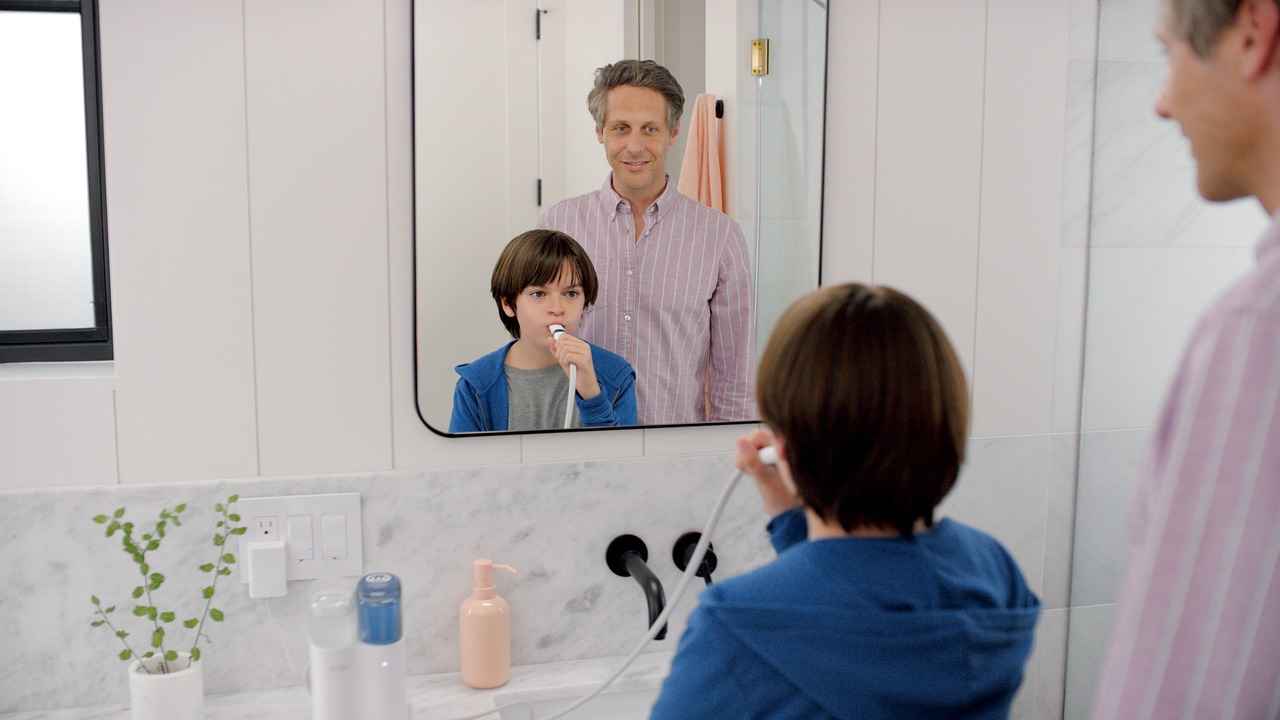
How Long Should You Wait Before Eating?
When it comes to maintaining optimal oral health, the timing of eating after brushing your teeth plays a crucial role. Many dental experts emphasize the importance of allowing a specific waiting period before consuming any food or beverages. This section will explore the ideal timeframe recommended by dental research and expert opinions, ensuring that you maximize the benefits of your oral hygiene routine.
Experts generally recommend waiting at least 30 minutes after brushing your teeth before eating. This timeframe allows the fluoride from your toothpaste to effectively strengthen your enamel, providing a protective barrier against decay. Brushing your teeth removes plaque and food particles, but immediately eating can reintroduce acids and sugars that can harm your teeth.
Waiting for this period is important for several reasons:
- Fluoride Absorption: After brushing, your teeth need time to absorb the fluoride from the toothpaste. This mineral helps to rebuild weakened enamel and can prevent cavities.
- Reduction of Acidity: Consuming food immediately after brushing can increase acidity in your mouth, especially if the food is sugary or acidic. Waiting allows your saliva to neutralize these acids.
- Enhanced Oral Hygiene: Allowing time before eating ensures that your mouth remains clean and free from food particles that could lead to plaque buildup.
While the 30-minute guideline is widely accepted, there are exceptions based on individual circumstances:
- Type of Food: If you plan to eat something very soft or non-acidic, such as yogurt or bananas, you might not need to wait as long.
- Oral Health Conditions: Individuals with specific dental issues may need to consult their dentist for personalized advice regarding waiting times.
Eating right after brushing can have several negative effects on your oral health:
- Enamel Erosion: Foods high in acidity can erode tooth enamel, especially when your teeth are freshly brushed and vulnerable.
- Increased Plaque Formation: Sticky foods can cling to your teeth, leading to plaque buildup and increasing the risk of cavities.
- Compromised Fluoride Benefits: Eating too soon can wash away the fluoride, negating its protective effects.
Dentists recommend adhering to the 30-minute rule as a best practice. This guideline not only protects your teeth but also enhances the effectiveness of your oral hygiene routine. It’s important to establish a consistent routine that incorporates this waiting period.
Several factors can influence how long you should wait before eating:
- Type of Toothpaste: Some toothpaste brands contain higher fluoride levels, which may allow for a shorter waiting time.
- Personal Oral Health: Individuals with sensitive teeth or gum issues might need to adjust their waiting period based on their comfort levels.
In conclusion, adhering to a waiting period after brushing your teeth is essential for maintaining strong and healthy teeth. By following expert recommendations and understanding the reasons behind them, you can enhance your oral hygiene practices and protect your dental health.
General Recommendations from Dentists
are crucial for maintaining optimal oral health. Many dental professionals advise their patients to wait a specific period after brushing their teeth before consuming food or beverages. This practice is rooted in the desire to protect tooth enamel and ensure that the benefits of brushing are fully realized.
Typically, dentists recommend waiting at least 30 minutes after brushing before eating or drinking. The rationale behind this guideline is that brushing removes plaque and food particles, and it also helps to strengthen the enamel through the fluoride present in toothpaste. However, immediately consuming food or beverages can disrupt this process.
Why Wait? The primary reason for this waiting period is to allow the fluoride from the toothpaste to effectively penetrate the enamel and provide its protective benefits. When you eat or drink right after brushing, especially acidic or sugary foods, you risk washing away the fluoride and negating the positive effects of your brushing routine.
Additionally, eating right after brushing can expose your teeth to harmful acids that can weaken enamel. For instance, consuming acidic foods like citrus fruits or sodas can lead to enamel erosion, which can contribute to tooth sensitivity and cavities over time.
What About Sticky Foods? Foods that are sticky can cling to your teeth and create a breeding ground for plaque. Eating these types of foods immediately after brushing can be particularly detrimental, as they can adhere to the surfaces of your teeth, making it easier for bacteria to thrive and leading to potential dental issues down the line.
It’s also important to consider personal oral health factors. Individuals with existing dental issues or those who are prone to cavities may benefit from waiting longer than the typical 30 minutes. Consulting with your dentist can provide tailored advice based on your unique oral health needs.
Additional Considerations include the type of toothpaste used. Some toothpaste varieties contain higher concentrations of fluoride, which may require a longer waiting period before eating. Dentists may also suggest waiting longer if you’ve used a mouthwash that contains fluoride, as it can enhance the protective layer on your teeth.
In summary, following your dentist’s recommendations regarding the waiting period after brushing can significantly impact your oral health. By allowing time for the fluoride to take effect and avoiding immediate food consumption, you can help protect your teeth from potential damage and maintain a healthier smile.
Factors Influencing Waiting Time
When considering how long to wait after brushing your teeth before eating, it’s essential to recognize that individual factors can significantly influence this timing. This section delves into various considerations, including the type of toothpaste used and personal oral health conditions.
The choice of toothpaste can impact how long you should wait before eating. For instance, toothpaste containing fluoride is designed to strengthen enamel and protect against cavities. However, after brushing with fluoride toothpaste, it is generally recommended to wait at least 30 minutes before consuming food or drinks to allow the fluoride to fully absorb into the enamel.
Your overall oral health can also dictate your waiting time. Individuals with sensitive teeth or existing dental issues may need to adjust their timing. For example, those with gum disease or cavities may benefit from waiting longer to allow the protective effects of toothpaste to work effectively.
The type of food you plan to consume after brushing can also play a role. If you intend to eat acidic foods like citrus fruits or vinegar-based dressings, it’s advisable to wait longer, as these can erode enamel that has not yet had time to strengthen post-brushing. On the other hand, if you’re opting for non-acidic foods, the waiting period may be less critical.
Age can influence oral health, as younger individuals may have stronger enamel than older adults, who might experience more wear and tear. Additionally, those with certain health conditions, such as diabetes or dry mouth syndrome, may need to adapt their waiting times based on their unique oral health needs.
Another consideration is how often you brush your teeth. If you brush frequently throughout the day, waiting periods might be less critical because your enamel is regularly exposed to fluoride. Conversely, if you only brush once a day, it’s essential to maximize the benefits of that brushing session by waiting appropriately before eating.
In summary, various individual factors significantly influence how long one should wait to eat after brushing. By considering the type of toothpaste, personal oral health status, dietary choices, age, and brushing frequency, you can make informed decisions that enhance your oral health. Always consult with your dentist for personalized advice tailored to your specific needs.
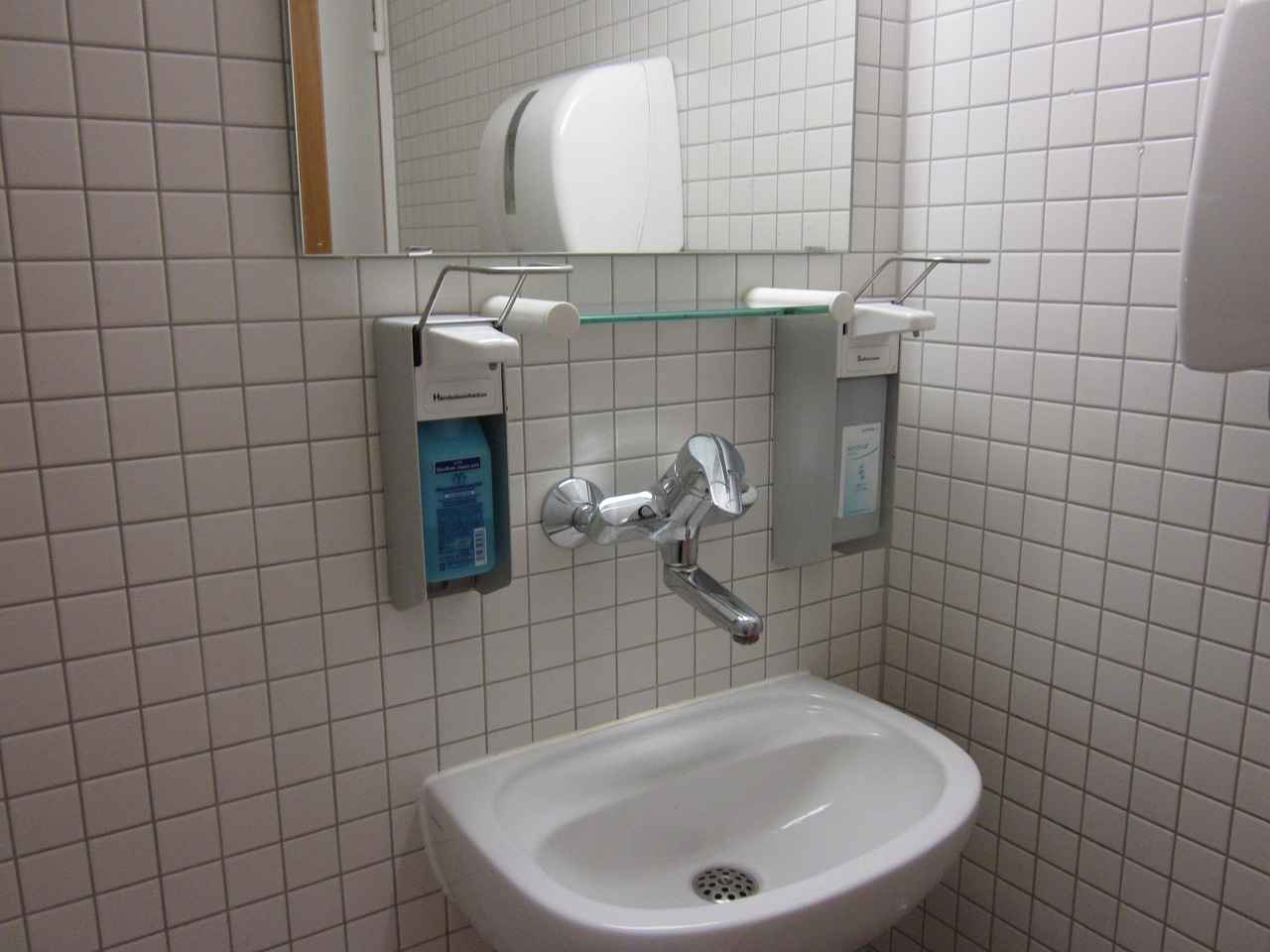
Best Practices for Post-Brushing Care
Maintaining optimal oral health is essential for overall well-being. One crucial aspect of this is the period following your brushing routine. can significantly enhance your dental hygiene, ensuring that your efforts in maintaining clean teeth do not go to waste. This section outlines practical tips to follow after brushing your teeth.
After brushing, it is important to allow your mouth to stabilize. Here are some steps you can take:
- Rinse with Water: After brushing, rinse your mouth with water to remove any remaining toothpaste. This helps to wash away any residue that could lead to irritation.
- Avoid Eating or Drinking: It is advisable to wait at least 30 minutes before consuming any food or beverages. This allows your enamel to re-harden after exposure to the fluoride in toothpaste.
When you finally decide to eat, the type of food you consume can impact your oral health:
- Opt for Crunchy Fruits and Vegetables: Foods like apples and carrots can help clean your teeth naturally and stimulate saliva production, which is beneficial for your gums.
- Avoid Sugary and Acidic Foods: Foods high in sugar or acidity can undermine your brushing efforts. They can lead to plaque buildup and enamel erosion, especially if consumed immediately after brushing.
Staying hydrated is vital for maintaining good oral hygiene. Drinking water after brushing can:
- Wash Away Residue: Water helps to rinse away any remaining particles and toothpaste, ensuring that your mouth stays clean.
- Promote Saliva Production: Saliva is your body’s natural defense against cavities, and staying hydrated boosts saliva flow.
Incorporating these practices can further enhance your post-brushing care:
- Use Mouthwash Wisely: If you choose to use mouthwash, wait at least 30 minutes after brushing to allow fluoride to work effectively.
- Regular Dental Check-Ups: Schedule routine visits with your dentist to ensure your oral health is on track. Professional cleanings can remove plaque that regular brushing may miss.
By following these , you can significantly improve your oral hygiene and protect your teeth from potential damage. Remember, the effort you put into your dental routine can lead to a healthier and brighter smile.
Choosing the Right Foods
Choosing the right foods after brushing your teeth is crucial for maintaining optimal oral health. While brushing removes plaque and food particles, consuming certain foods immediately afterward can counteract these benefits. In this section, we will discuss which foods are beneficial to consume and which should be avoided to protect your dental hygiene.
After brushing, your teeth are in a vulnerable state. The enamel, which is the outer protective layer of your teeth, can be affected by the foods you choose to eat. Making informed choices about what to consume can help maintain the protective barrier of your enamel and promote overall oral health.
- Acidic Foods: Foods such as oranges, lemons, and vinegar can erode tooth enamel. Consuming these right after brushing can exacerbate enamel wear.
- Sticky Foods: Items like caramel and gummy candies can cling to your teeth, increasing the risk of plaque buildup and cavities.
- Sugary Snacks: Foods high in sugar can feed harmful bacteria in your mouth, leading to tooth decay.
- Dairy Products: Cheese and yogurt are excellent choices as they help neutralize acids and provide calcium, which strengthens teeth.
- Crunchy Fruits and Vegetables: Apples, carrots, and celery can help clean teeth naturally and stimulate saliva production, which is beneficial for oral health.
- Green Tea: This beverage contains antioxidants that can help reduce inflammation and fight bacteria in the mouth.
It is generally advised to wait at least 30 minutes after brushing before consuming food. This waiting period allows your saliva to neutralize any acids and helps to re-mineralize your enamel. During this time, your mouth can recover from the brushing process, ensuring that your teeth remain protected.
Staying hydrated is also essential for maintaining oral health. Drinking water after brushing can help wash away any residual toothpaste and keep your mouth moist, which is vital for saliva production. Saliva plays a crucial role in protecting your teeth against decay and maintaining a balanced pH in your mouth.
By being mindful of your food choices after brushing, you can significantly enhance your oral health. Always opt for foods that support your dental hygiene and avoid those that can harm your enamel. Remember that your dental health is an ongoing commitment, and making the right choices plays a pivotal role in achieving a healthy smile.
Hydration and Its Role
Hydration is essential for overall health, and its importance extends significantly to oral health. This section delves into the benefits of drinking water after brushing your teeth, highlighting how it can positively impact your teeth and gums.
Maintaining proper hydration is vital for a variety of bodily functions, and it plays a critical role in oral health. Water helps to rinse away food particles and bacteria that can lead to plaque buildup, ensuring a cleaner mouth. Furthermore, hydration supports the production of saliva, which is essential for neutralizing acids produced by bacteria in the mouth.
- Rinsing Effect: Drinking water after brushing can help wash away any remaining toothpaste residue, ensuring that your mouth feels fresh and clean.
- Saliva Production: Water intake stimulates saliva flow, which is crucial for remineralizing tooth enamel and protecting against decay.
- pH Balance: Hydration helps maintain a neutral pH level in the mouth, reducing the risk of acid erosion that can occur after eating.
Gums are sensitive tissues that require proper care to remain healthy. Drinking water can help prevent dry mouth, which is a condition that can exacerbate gum disease. Adequate hydration ensures that the gums remain moist and less prone to irritation or inflammation.
While plain water is the best choice for hydration, mineral water can also provide additional benefits due to its natural minerals. Avoid sugary drinks or acidic beverages, as these can counteract the positive effects of brushing.
- Carry a Water Bottle: Keep a refillable water bottle with you to encourage regular sipping.
- Set Reminders: Use your phone to remind you to drink water at regular intervals.
- Flavor Your Water: If plain water is unappealing, consider adding slices of fruit or herbs for a refreshing twist.
Incorporating water into your post-brushing routine can greatly enhance your oral health. Not only does it help in keeping your mouth clean, but it also supports gum health and maintains the overall balance of your oral ecosystem. Remember, staying hydrated is a simple yet effective way to bolster your dental hygiene efforts.
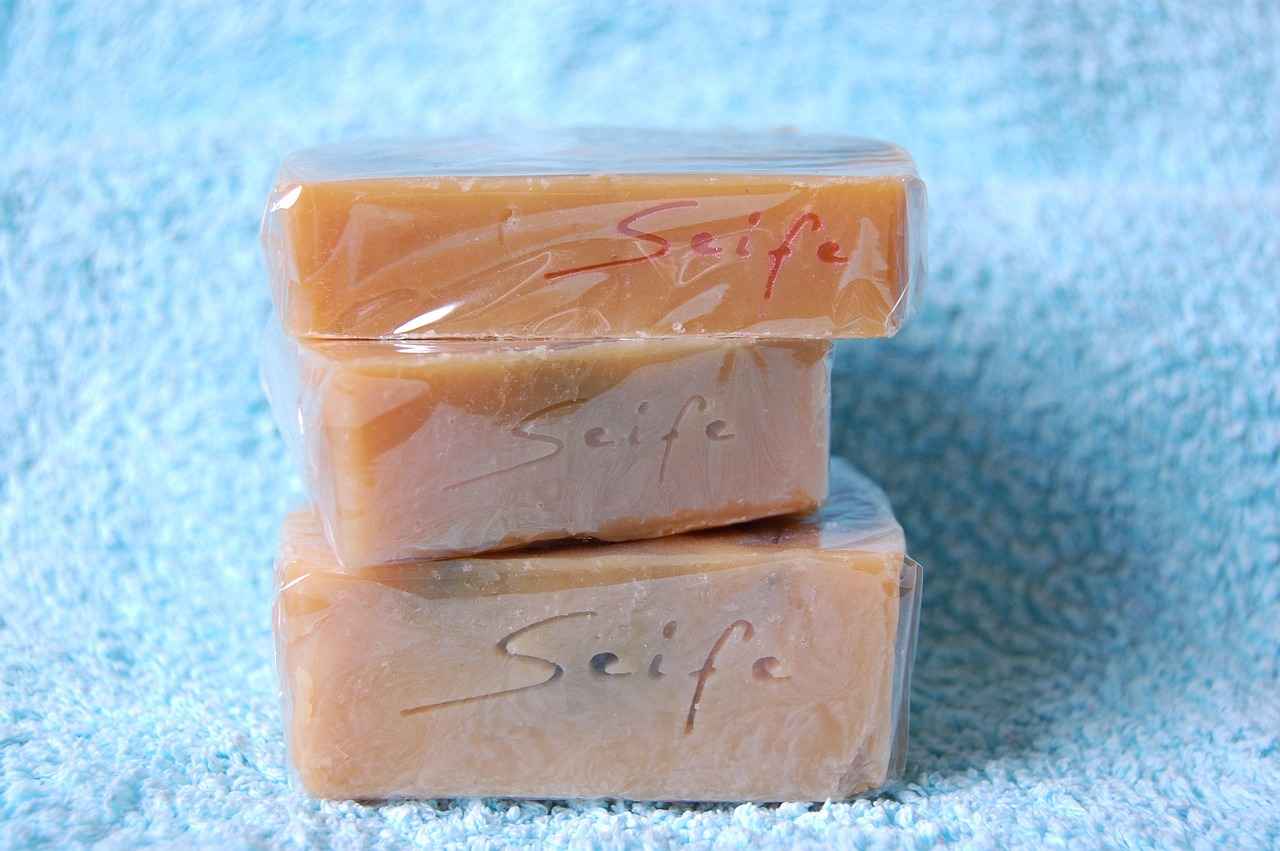
Alternative Oral Hygiene Tips
Maintaining optimal oral health extends beyond simply waiting to eat after brushing your teeth. There are several alternative practices that can significantly enhance your dental hygiene routine. In this section, we will explore various tips and techniques that can help you achieve and maintain a healthy mouth.
Incorporating additional oral hygiene practices can lead to a healthier mouth and prevent common dental issues. By understanding and implementing these practices, you can improve your overall oral health and ensure your teeth and gums remain in top condition.
Mouthwash can be a powerful ally in your oral care routine. However, it’s crucial to use it correctly. After brushing, consider rinsing with an alcohol-free mouthwash that contains fluoride. This not only helps to kill bacteria but also strengthens tooth enamel. Aim to swish the mouthwash for at least 30 seconds, ensuring it reaches all areas of your mouth.
Scheduling regular dental check-ups is vital for maintaining oral health. Most dentists recommend visiting every six months for a professional cleaning and examination. This practice helps identify potential issues early, such as cavities or gum disease, and ensures that your teeth are thoroughly cleaned beyond what daily brushing can achieve.
Flossing is often overlooked, yet it plays a critical role in oral hygiene. It removes food particles and plaque from between the teeth and along the gum line, areas that a toothbrush cannot reach. Make it a habit to floss at least once a day. This simple practice can significantly reduce the risk of cavities and gum disease.
After brushing, being mindful of the foods you consume can also impact your oral health. Opt for crunchy fruits and vegetables, such as apples and carrots, which can help clean your teeth naturally. Avoid sugary snacks and acidic foods immediately after brushing, as they can contribute to enamel erosion and plaque buildup.
Hydration plays a key role in maintaining oral health. Drinking plenty of water throughout the day helps wash away food particles and bacteria. Additionally, water can help neutralize acids produced by bacteria in your mouth, further protecting your enamel. Consider drinking a glass of water after brushing to promote hydration and oral cleanliness.
Chewing sugar-free gum can be an effective way to enhance oral health. It stimulates saliva production, which helps neutralize acids and wash away food particles. Look for gum that contains xylitol, as this natural sweetener has been shown to inhibit the growth of bacteria that cause cavities.
Many people neglect the tongue when it comes to oral hygiene. Using a tongue scraper can help remove bacteria and food debris that accumulate on the surface of your tongue, contributing to bad breath and other oral health issues. Incorporate this tool into your daily routine for a comprehensive approach to oral hygiene.
Lastly, developing a mindful oral hygiene routine can make a significant difference. Take your time while brushing and flossing, ensuring that you cover all areas of your mouth. Consider using a timer to brush for the recommended two minutes, and focus on the sensations and actions involved in your oral care.
By incorporating these into your routine, you can enhance your dental health and maintain a bright, healthy smile. Remember, good oral hygiene is a lifelong commitment that pays off in the long run.
Using Mouthwash Effectively
Mouthwash can be a valuable addition to your oral care routine, enhancing your overall dental hygiene. However, using it effectively is crucial to maximize its benefits. In this section, we will explore the best practices for using mouthwash after brushing your teeth.
Incorporating mouthwash into your routine can provide several advantages. It helps to reduce plaque, fight bad breath, and strengthen your teeth. But, how should you use it to ensure you are getting the most out of it?
- Choose the Right Mouthwash: Select a mouthwash that suits your needs—whether it’s for freshening breath, fighting cavities, or reducing gum disease. Look for products with the American Dental Association (ADA) Seal of Acceptance.
- Timing Matters: Wait at least 30 minutes after brushing before using mouthwash. This allows the fluoride from your toothpaste to effectively penetrate your enamel.
- Measure the Right Amount: Use the recommended amount, usually about 20 milliliters (4 teaspoons), to ensure proper coverage of your mouth.
- Swish and Gargle: Swish the mouthwash around your mouth for at least 30 seconds, making sure to cover all surfaces of your teeth and gums. Gargling can help reach the back of your throat.
- Do Not Rinse: After spitting out the mouthwash, avoid rinsing your mouth with water. This allows the active ingredients to remain on your teeth longer, enhancing their effectiveness.
While using mouthwash can be beneficial, there are common mistakes that can diminish its effectiveness:
- Using Mouthwash Instead of Brushing: Mouthwash should complement brushing and flossing, not replace them. Always brush your teeth twice a day.
- Using Mouthwash Too Soon: As mentioned earlier, using mouthwash immediately after brushing can wash away the fluoride benefits from your toothpaste.
- Overusing Mouthwash: Excessive use can lead to irritation of the oral mucosa. Stick to the recommended frequency, usually twice a day.
To further enhance your oral hygiene routine, consider the following:
- Stay Hydrated: Drinking water helps keep your mouth moist and can wash away food particles.
- Regular Dental Check-Ups: Schedule routine visits with your dentist for professional cleanings and check-ups.
- Limit Sugary Foods: Reducing sugar intake can help prevent cavities and improve overall oral health.
By following these guidelines, you can effectively incorporate mouthwash into your oral care routine, ensuring that you achieve the best possible results for your dental health.
Regular Dental Check-Ups
Maintaining optimal oral health goes beyond daily brushing and flossing; it requires . These visits are crucial for preventing dental issues and ensuring your smile remains healthy. In this section, we delve into the significance of routine dental appointments and how they contribute to your overall well-being.
Regular dental visits play a vital role in identifying potential problems before they escalate. During these appointments, dentists perform thorough examinations, which can include:
- Comprehensive Oral Examinations: Dentists check for signs of cavities, gum disease, and other oral health issues.
- Professional Cleanings: Dental hygienists remove plaque and tartar buildup that regular brushing may miss.
- X-rays: These images help detect underlying issues such as impacted teeth or bone loss.
The frequency of dental check-ups can vary depending on individual needs. However, most dental professionals recommend visiting the dentist at least twice a year. Factors influencing this recommendation include:
- Personal Oral Health: Those with a history of dental issues may need more frequent visits.
- Age: Children and seniors may require different schedules based on their unique dental health needs.
- Risk Factors: Smokers or individuals with specific health conditions may need to see their dentist more often.
Routine dental check-ups offer numerous benefits that contribute to long-term oral health:
- Early Detection of Issues: Regular visits enable early identification of dental problems, which can lead to less invasive and more cost-effective treatments.
- Prevention of Gum Disease: Professional cleanings help prevent gum disease, which can lead to tooth loss if left untreated.
- Oral Cancer Screening: Dentists often perform screenings for oral cancer, increasing the chances of early detection and successful treatment.
During a typical dental visit, several key procedures are performed:
- Medical History Review: Your dentist will review your medical history to understand any changes that may affect your oral health.
- Physical Examination: A thorough examination of your teeth, gums, and mouth is conducted.
- Cleaning: A dental hygienist will clean your teeth, removing plaque and tartar buildup.
Preparing for a dental check-up can help ensure a smooth and productive visit:
- List Your Concerns: Write down any questions or concerns you may have regarding your oral health.
- Update Your Medical History: Inform your dentist of any new medications or health conditions.
- Practice Good Oral Hygiene: Maintain your regular brushing and flossing routine leading up to your appointment.
After your dental check-up, your dentist will provide recommendations based on your oral health status. You may receive:
- Personalized Care Instructions: Tips on improving your oral hygiene routine.
- Follow-Up Appointments: If issues are detected, you may be scheduled for additional visits.
- Educational Resources: Information on maintaining oral health and preventing future issues.
In conclusion, regular dental check-ups are a cornerstone of maintaining excellent oral health. By prioritizing these visits, you invest in your overall well-being and prevent potential dental problems down the line.
Frequently Asked Questions
- How long should I wait to eat after brushing my teeth?
Experts generally recommend waiting at least 30 minutes after brushing your teeth before eating. This gives your enamel time to re-harden and protects it from potential erosion.
- What happens if I eat immediately after brushing?
Eating right after brushing can wash away the fluoride from your toothpaste and expose your teeth to acids and sugars, which can lead to enamel erosion and cavities.
- Are there specific foods I should avoid after brushing?
Yes! It’s best to steer clear of acidic and sticky foods right after brushing. Foods like citrus fruits, soda, and gummy candies can cling to your teeth and increase plaque buildup.
- Does drinking water after brushing help?
Absolutely! Drinking water after brushing can help rinse away any leftover toothpaste and keep your mouth hydrated, which is beneficial for your gums and overall oral health.
- How does mouthwash fit into my post-brushing routine?
Mouthwash can be a great addition to your routine, but it’s best to use it after you’ve waited a bit post-brushing. This allows the fluoride from your toothpaste to work effectively before using mouthwash.

